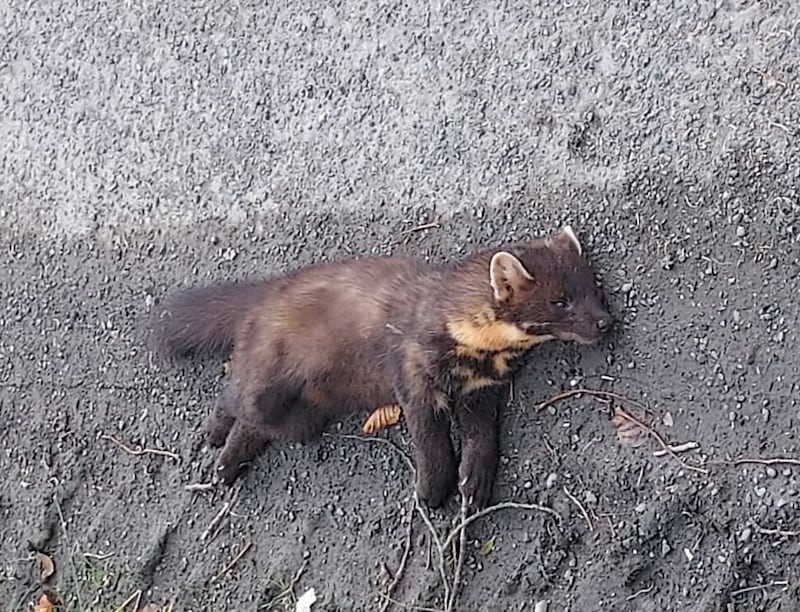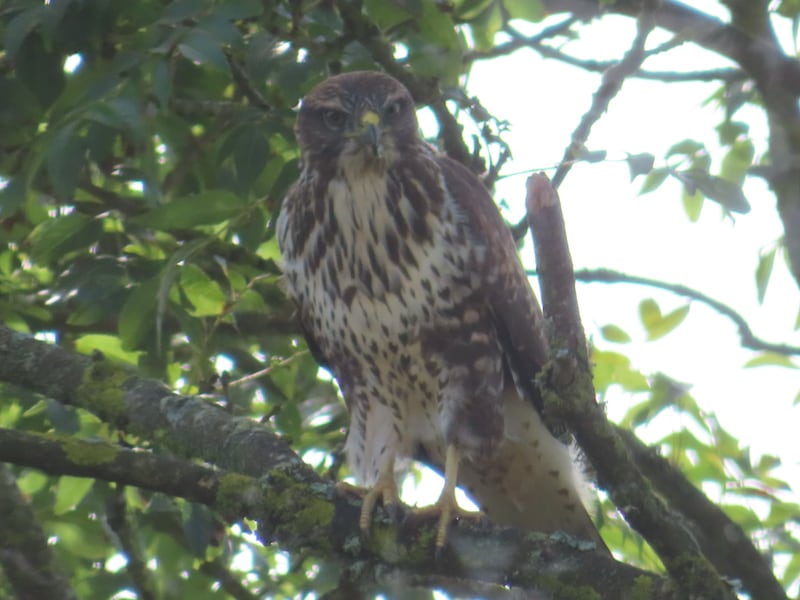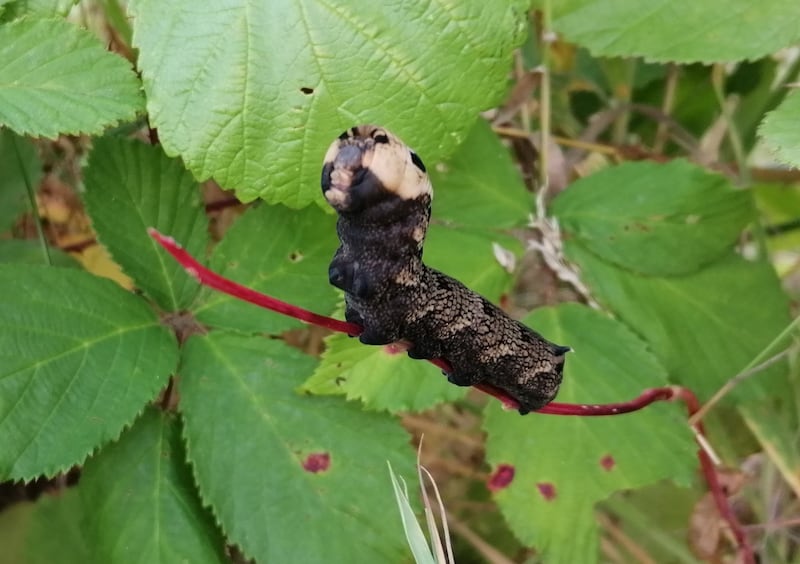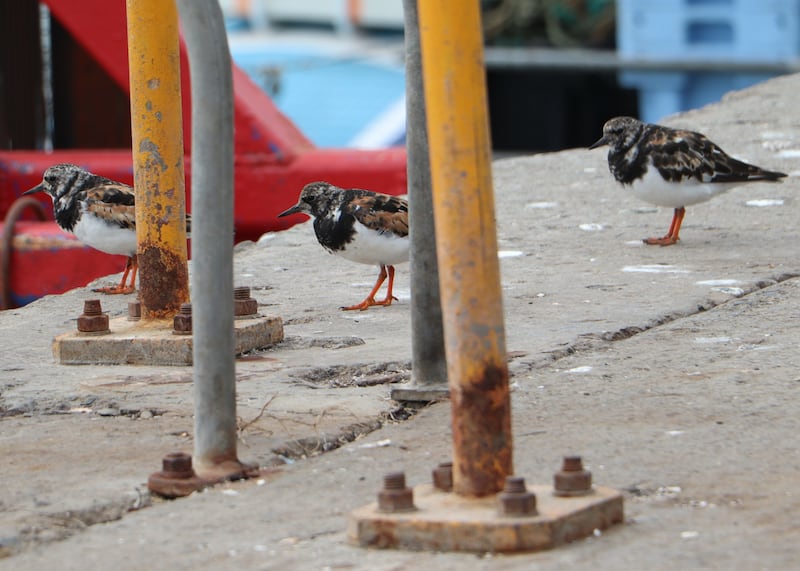These mushrooms grow on Kilrush golf course. What are they? J Harding, Co Clare
These are fly agaric mushrooms, so called because of the medieval practice of breaking the caps into platefuls of milk to stupefy flies. They are poisonous to humans as their toxins, ibotenic acid and muscimol, affect the central nervous system, causing convulsive muscle movement, dizziness and indeed in some cases death. Stick to the golf.

I found this dead pine marten on the road just north of Castlebellingham. I have never seen one in these parts before and we have no wooded areas anywhere at all around here. Jack Branigan, Co Louth
Pine martens have become much more common in Ireland in recent years. The National Biodiversity Dara Centre has two recent records for that 10km square, one from Braganstown and the other from Maine, so they are around. They are mainly nocturnal.
READ MORE

I spotted this bird recently and I think it’s either a sparrowhawk or a goshawk. Can you tell me which it is? I thought it looked a bit big to be a sparrowhawk. Robert Cullen, Co Wexford
That’s because it is a buzzard, which is much bigger than a sparrowhawk and has almost twice the wingspan. Goshawks, which are almost as large, are rare migrants to Ireland. There are a few breeding pairs in Northern Ireland but we have so few mature forests here where they could breed that goshawks are unlikely ever to be present in any numbers.

Can you identify this very large caterpillar I spotted on a dogwood shrub in the garden? Denis Buckley, Co Wicklow
It is the brown form of the death’s head hawkmoth, whose more common yellow form graced this column in early September. Although it forms a chrysalis in the soil, it alas will not survive the winter here. Adults are summer visitors from Africa.
I spotted these on the pier in Skerries. Are they dunlins? Frank Curran, Co Kildare

No. They are turnstones, which are bigger than dunlins but have shorter red legs. As their name implies, they flick over pebbles on the shore and eat the insects underneath.
Have you a nature query, observation, or photo you would like to share with The Irish Times? Please submit it, with a location, via our website www.irishtimes.com/eyeonnature












